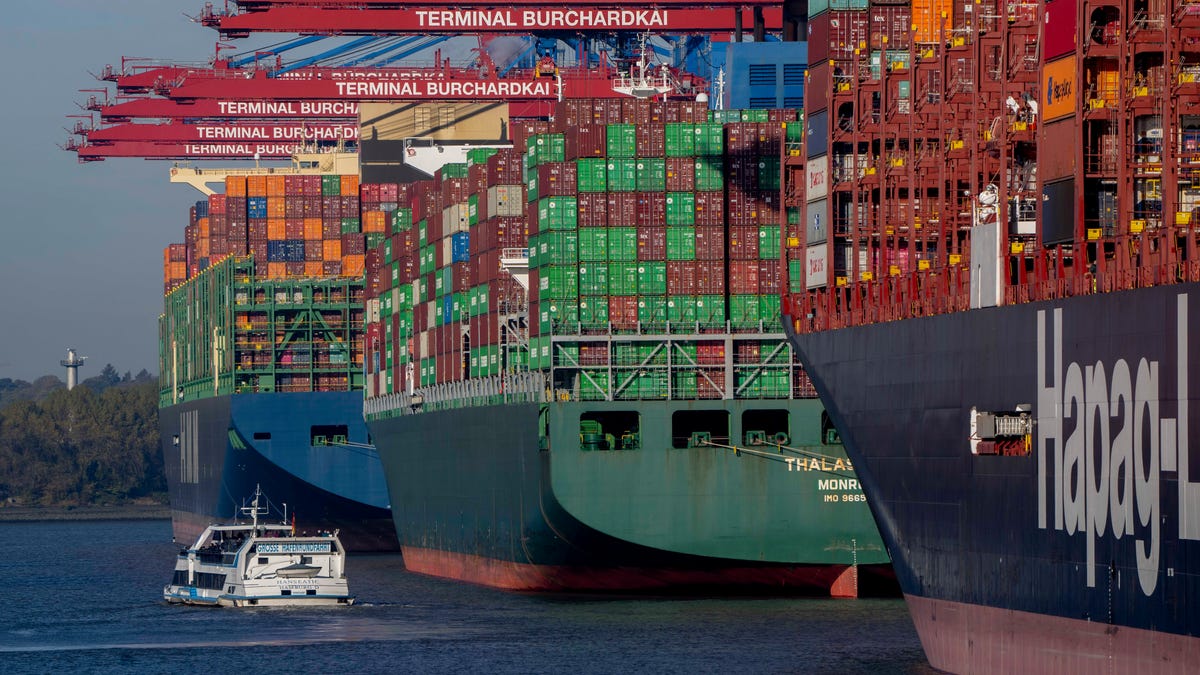China ship sales collapse as industry sweats over US ports
Shipping Industry Stalls Amid U.S. Port Fee Uncertainty

The shipping sector is experiencing a significant slowdown in the purchase of dry bulk carriers built in China, as companies await potential new port charges proposed by the U.S. government. In March, only four Chinese-made bulkers were sold in the second-hand market, marking the lowest monthly sales since at least 2022. This decline reflects growing concerns over the impact of proposed fees that could exceed $1 million per port call, which have drawn opposition from various stakeholders in the global shipping industry.
Impact of Proposed U.S. Charges
The U.S. Trade Representative is considering implementing substantial charges on vessels constructed in China, which has already begun to affect market dynamics. According to data from Clarkson Research Services, the number of transactions involving Chinese-built bulk carriers has plummeted, with only four sales recorded in March. This figure represents about 20% of the monthly sales observed last year, indicating a marked decline in interest. In contrast, sales of Japanese and Korean carriers remained relatively stable during the same period.
Burak Cetinok, head of research at Arrow Shipping, noted that there is currently a stronger demand for Japanese-built ships compared to their Chinese counterparts. This trend is evident in both transaction volumes and asset values, with most recent sales favoring Japanese vessels. The proposed charges could theoretically reach up to $3.5 million per ship, raising concerns among shipowners and charterers who are now revising leasing contracts to mitigate potential financial impacts.
Industry leaders have voiced alarm over the potential consequences of these fees. The head of shipping at Mercuria warned that the implementation of such charges could severely disrupt U.S. grain exports, particularly for dry bulk commodity vessels. The uncertainty surrounding these proposals has led to a cautious approach among buyers, further complicating the market landscape.
Shifting Market Dynamics
As buyer caution grows, the value of Chinese-built carriers appears to be declining. Recent sales data indicates that a Chinese-built ship sold for approximately $5.8 million less than a comparable Japanese vessel last week. This marks a significant shift from earlier this year when similar ships were sold at a $4.8 million discount. The disparity in valuations is becoming increasingly pronounced, particularly for newbuild Chinese bulk ships, which are experiencing their largest discounts relative to Japanese vessels since early 2023.
However, the impact of these developments varies by ship type. Larger Capesize vessels, which do not frequently call at U.S. ports, have not been as adversely affected. Cetinok suggests that this situation presents a buying opportunity for those focused on non-U.S. trades, while others with exposure to U.S. markets remain more hesitant. Additionally, there has been a noticeable decline in orders for smaller bulk carriers in China, with only one handysize vessel ordered in February and none in March, a trend described as highly unusual by industry experts.
Overall, the first quarter of the year saw 13 ships ordered in China compared to 21 in Japan, highlighting a shift in market dynamics that could have lasting implications for the global shipping industry.
